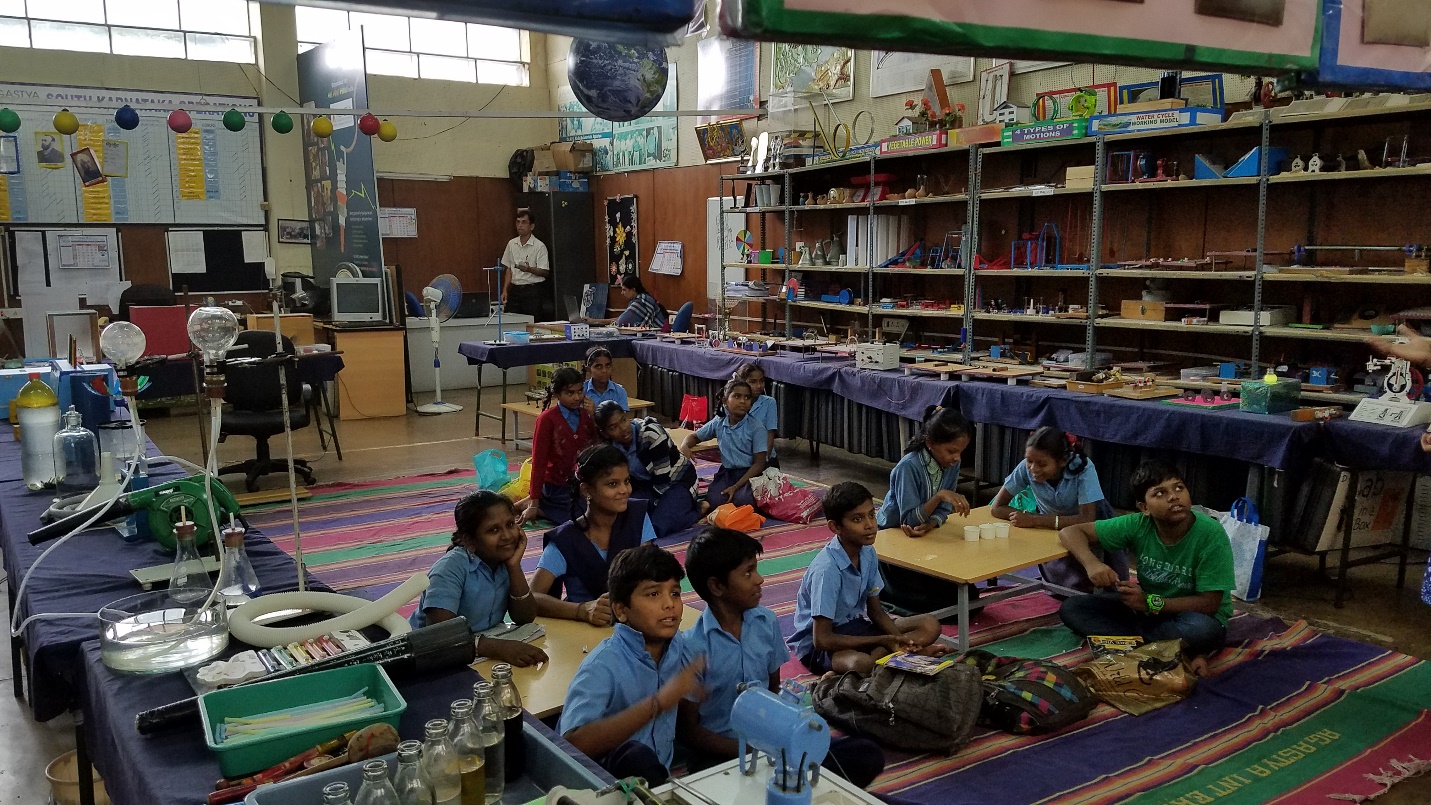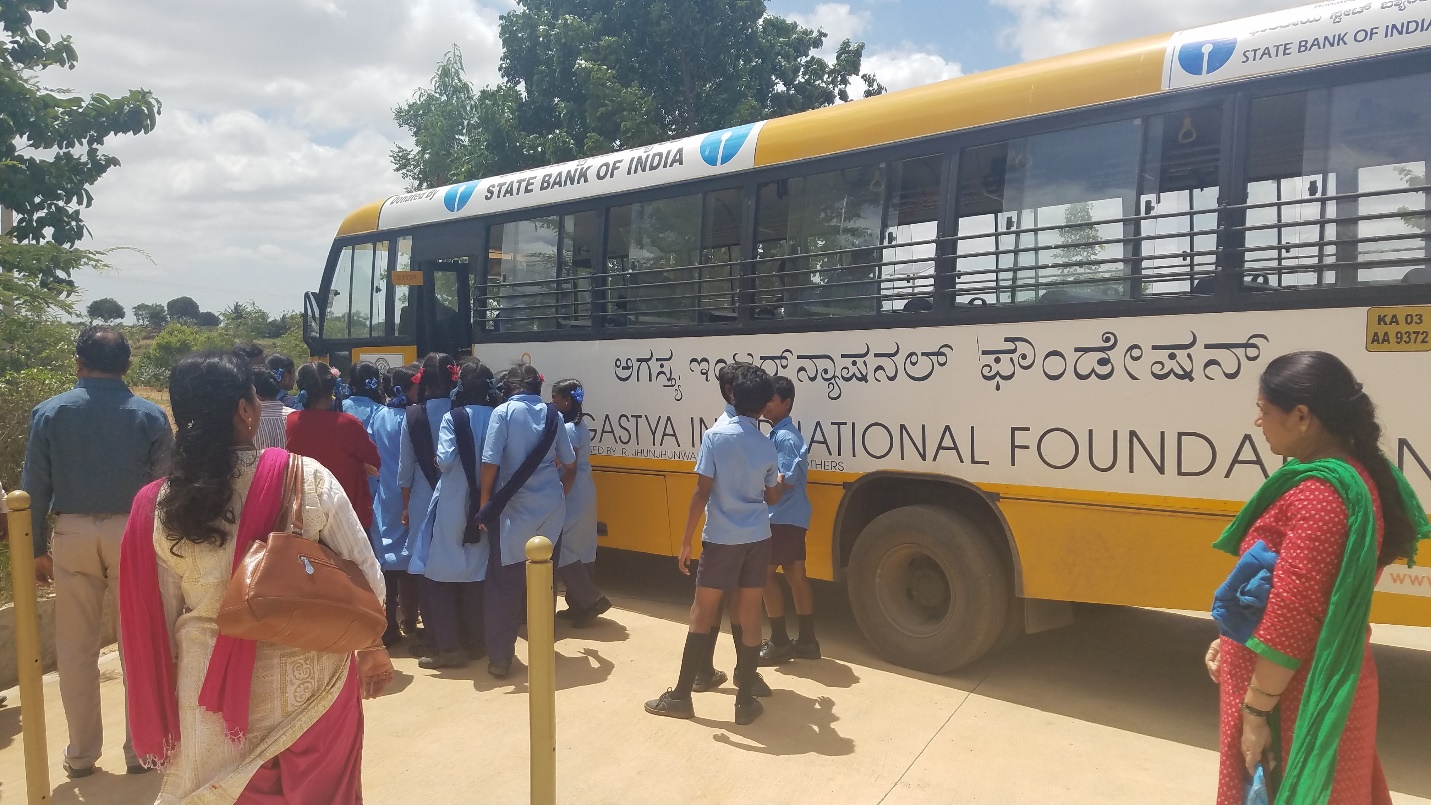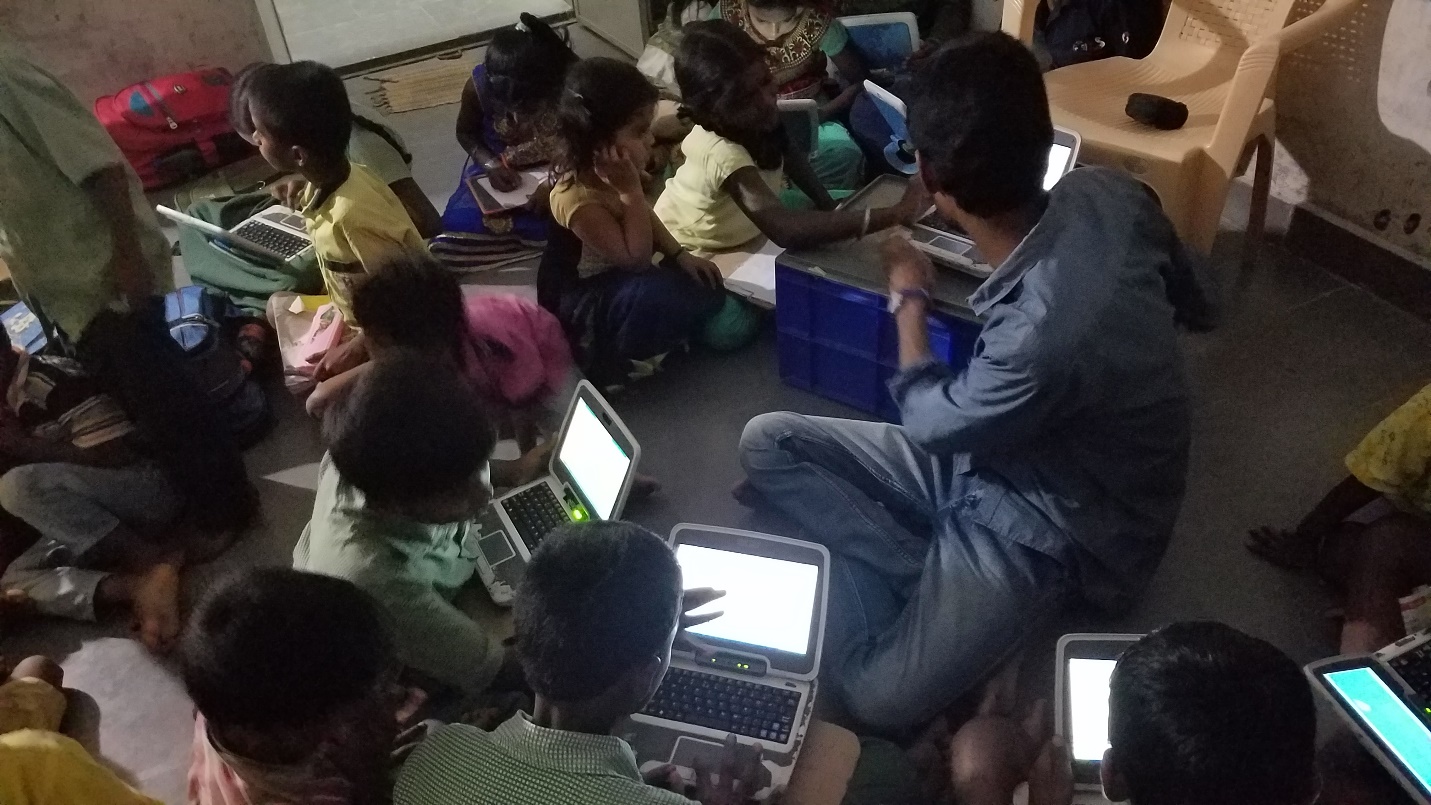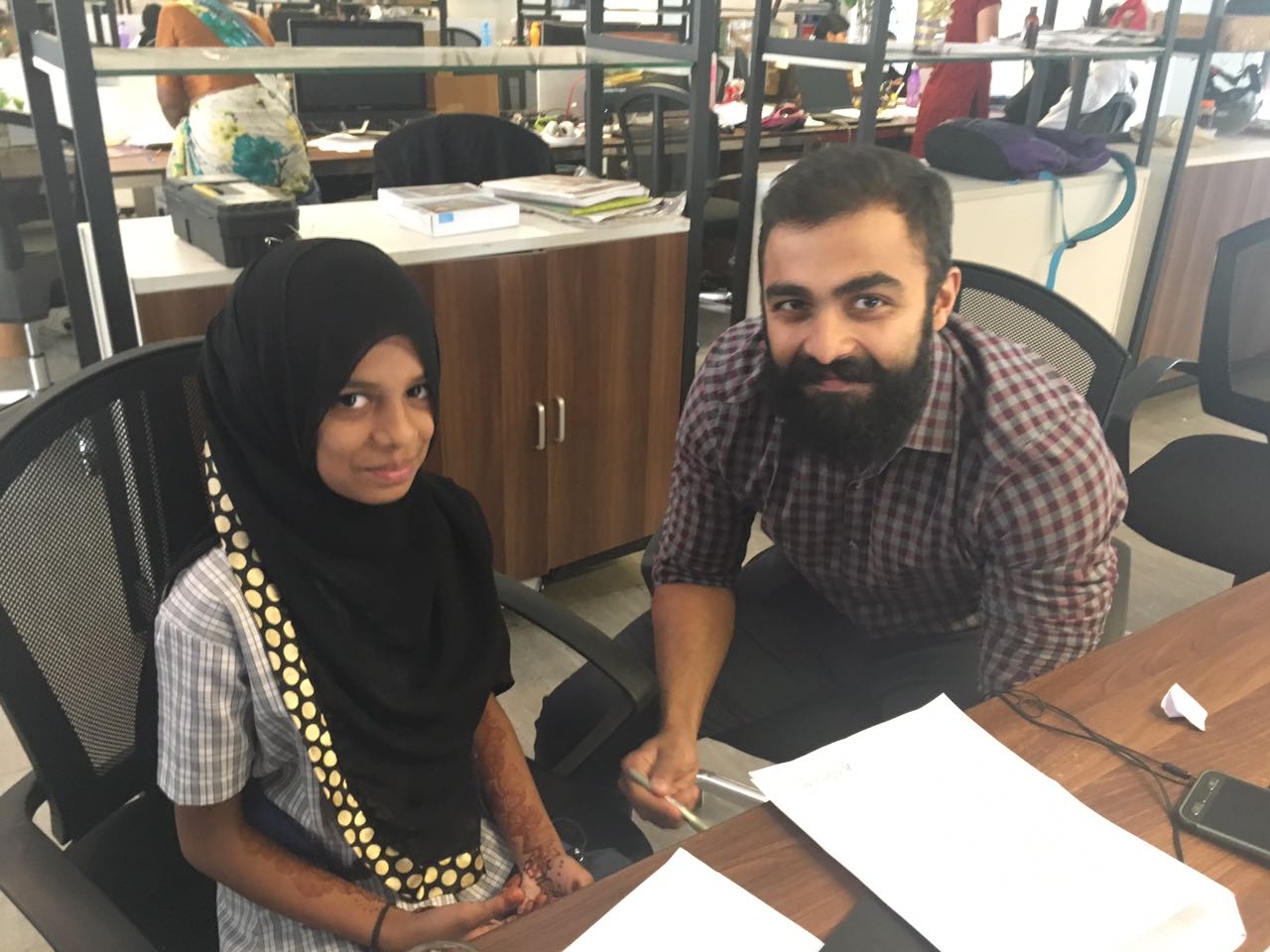
My MBA Internship With Agastya - One of the Largest Non-profits in India
Before coming to INSEAD in January 2017, as I was preparing for a year filled with extraordinary experiences, I made a promise to myself – this was going to be the year to be brave, to think about the long term, and to really attempt to discover myself. With a consulting background and having worked in the US for the entirety of my professional career, I was keen to broaden my horizons and experience something new in my INSEAD journey. The two-month summer break was the perfect time for me to take steps towards understanding my aptitude and passion for something that I have always thought about – contributing in the social sector, specifically in the education space.
And so, after considering three other internship opportunities, I decided to go to Bangalore, India and work for Agastya International Foundation to lead their international donor relationships. Agastya is an non-profit organisation which runs the world’s largest hands-on science education programme for economically disadvantaged children. The organisation primarily focuses on developing the creativity, curiosity, and confidence of the beneficiaries through experiential learning - fundamentally changing the way in which the kids learn and improving their chances at living a fulfilling professional and personal life.
At Agastya, I was responsible for creating a strategy to reach out to international donors, develop new international donor relationships, and to manage the proposal work for the same. In order to complete my tasks, I had to first fundamentally understand how the organisation functioned and how they achieved their impact objectives. To do so, in my first week, I had to read through the details of their programmes, the research behind their pedagogy and their operational documents. After gaining context, it was time to do field work and to experience the difference that the organisation makes in the lives of the children that they work with. And so, I packed my bags and caught a train to Kuppam, a small village at the intersection of three Indian states – Andhra Pradesh, Telangana, and Karnataka. Here I worked with the ground staff for three consecutive days, and this field-work was one of the highlights of my internship.
Agastya’s Creativity Center at Kuppam is a 176-acre campus, complete with state-of-the-art facilities – an innovation and ideation centre, a planetarium, a science center, a library, a chemistry laboratory, a performing arts center, a research center, and many more facilities dedicated to provide children with an experiential learning experience. On average, this center is visited by 600 – 700 students from nearby government schools across many small villages, from where Agastya buses them in. Here, I was able to closely observe and follow a batch of Young Instructor Leaders – children who are identified to have high potential to be leaders and are given repeated, more intense trainings. These children then, with Agastya’s support, provide peer-learning sessions to their classmates and create an environment conducive to sharing and learning. On another occasion, I was able to spend a day with volunteers from Phillips who had come in to help with different activities for the kids – it was nice to see donors coming to the campus to be a part of the development of the children they support.
On the last day of my fieldwork, I was able to participate in Operation Vasantha, a programme which focuses on reaching extremely remote and under-developed villages through night school visits. The reason that Agastya chooses to run this programme at night is because during the day, the target demographic of the programme – kids who are slightly older (10 - 16), their parents and the community, are likely to be busy doing agricultural work. Three of us, an instructor, a driver and myself got into a small van at around 7:30 PM. After driving for about 30 minutes through areas where there was often no real road, we reached Chinnagopalli village where we parked in front of a dilapidated house.
The house was actually the only ‘school’ in the village and all the children essentially studied in the large hall area of the house. With one lamp available, the room was brightened up by the smiles of the children who were waiting for us. The instructor visits the same school twice a week and it was very clear to me that the children absolutely loved their interaction with him. So much so that as soon as we entered, about five of them left the building to call other kids from the village. By the time we started the session, there were around 50 kids of all ages in the room and some parents had also come along to listen in.
The instructor had carried tablets with learning modules on pollution and the children’s faces just lit up as they went through the module. The instructor then asked them to draw or write anything they felt like about pollution. I was amazed to see the proficiency with which the children understood how to use MS Paint and MS Word to draw / write about the issue. Each one had to give the class a brief explanation of what they wrote or drew and why they did so. They then saved their own files on the tablets. It was great to experience first-hand the power of digital literacy spreading through the remotest parts of India.
Getting back to the office, after doing field work and interacting with the beneficiaries, I had so much more of an impetus to make a difference for the children of Agastya. I closely studied the Impact Logic model at Agastya and made some recommendations around measuring their impact so that their donors could truly see how their contribution was trickling down to the beneficiaries. I was able to then tap into my network at INSEAD to receive guidance on how to create new relationships for Agastya. I reached out to my colleagues on the MIIINT team for guidance on how to tell Agastya’s story to the philanthropy eco-system around the world.
The support that I received from the faculty - Luke Disney and Jasjit Singh - was crucial to create some valuable relationships with CSR heads of multinationals in France and Singapore, and also with foundations alike. Even though my internship came to an end last month, I have continued to be in touch with my colleagues and I try to contribute to the best of my capacity remotely, from Fontainebleau.
Being a member of the ‘business’ community, it was my first foray into the non-profit sector, and indeed, the two worlds are very different. Most business folk are quick to dismiss the value that non-profits bring to our society and question their true impact. However, in my opinion, these perspectives are not truly backed by experience but by conjecture. In my time at Agastya, I was exposed to the several challenges that non-profits face and the context (different constraints, goals, incentives, resources, and many other factors) in which they face these challenges, are very different from what we would experience in a business eco-system.
Having said that, I do think that non-profits can learn many things from the business community, and vice-versa. All of us here at INSEAD have had the privilege of learning from a distinguished faculty and to be peers with the best minds in the business world across several geographies, and thus, it is my opinion that we have a moral responsibility to positively impact communities in need of help.
My internship at Agastya was a very humbling and rich learning experience and I am thankful to my time here at INSEAD for providing me the opportunity to pursue a latent passion. I am confident my story with Agastya will continue into the long term and I hope I can continue to learn from them in the future.
Bio:
Abhinav Sharma is a student of the INSEAD class of December 2017. He was based out of Chicago, where he worked as a technology strategy consultant for a large advisory firm. Abhinav has also been a national level gold medallist in swimming and water-polo in India.








